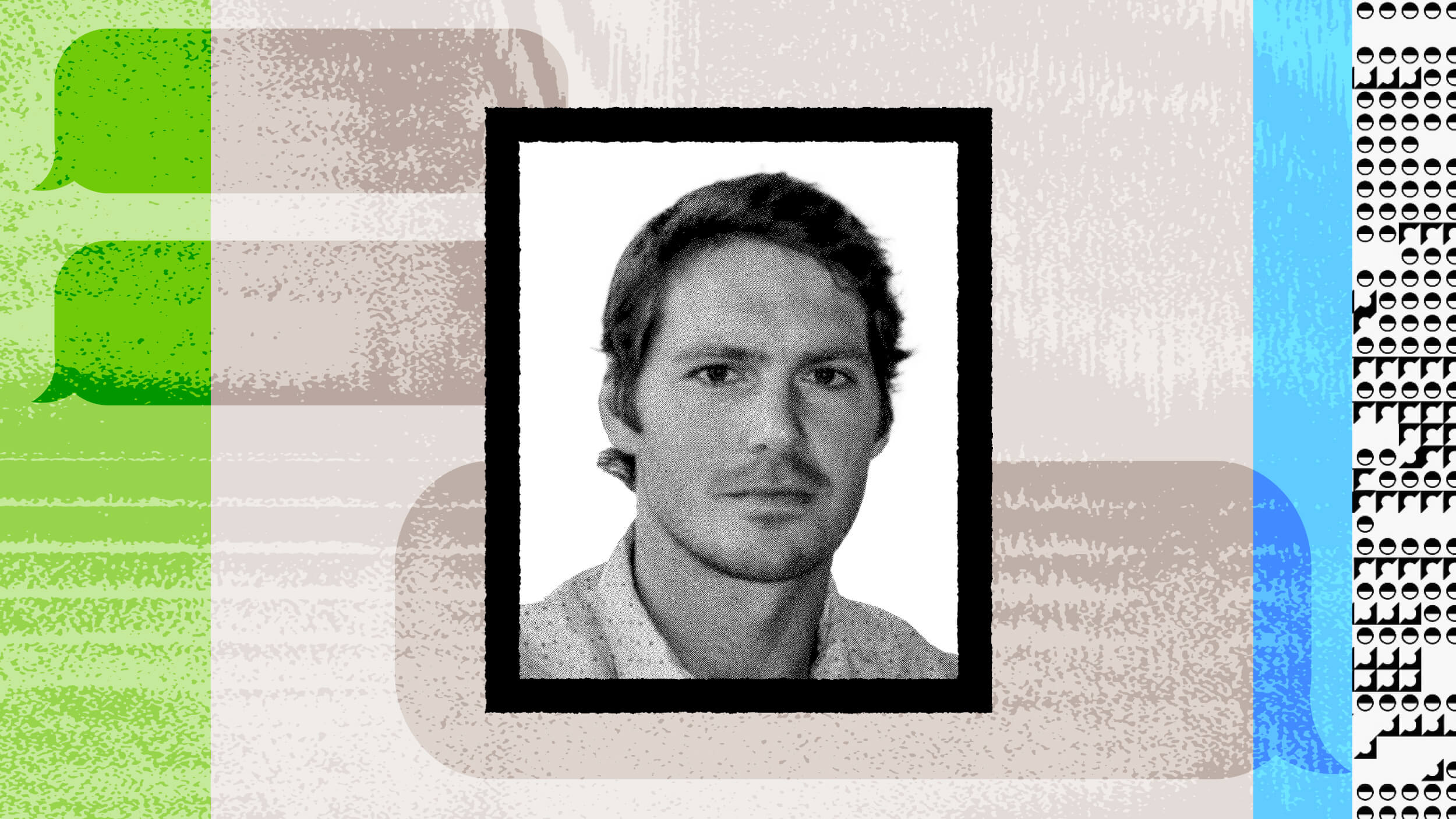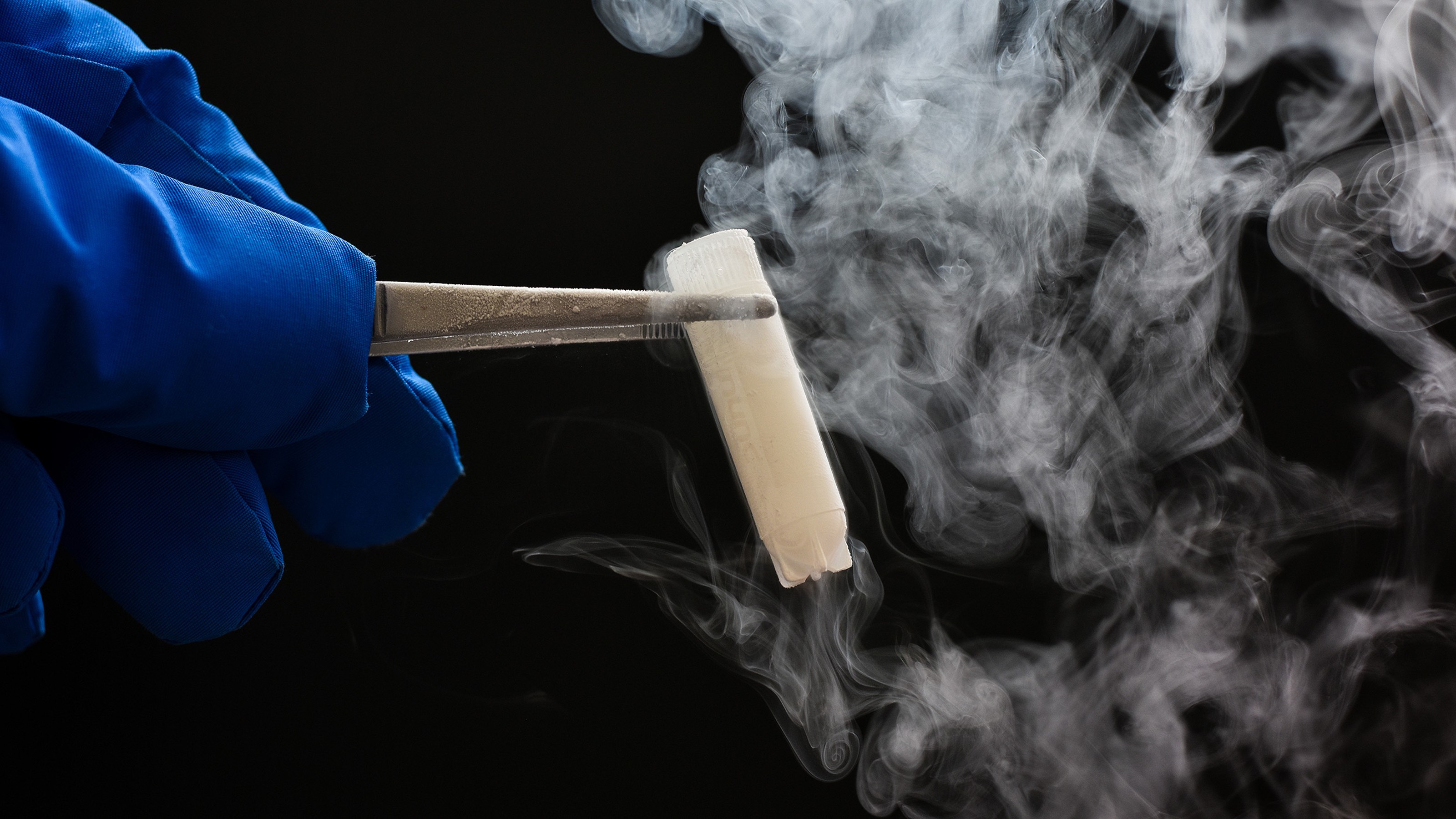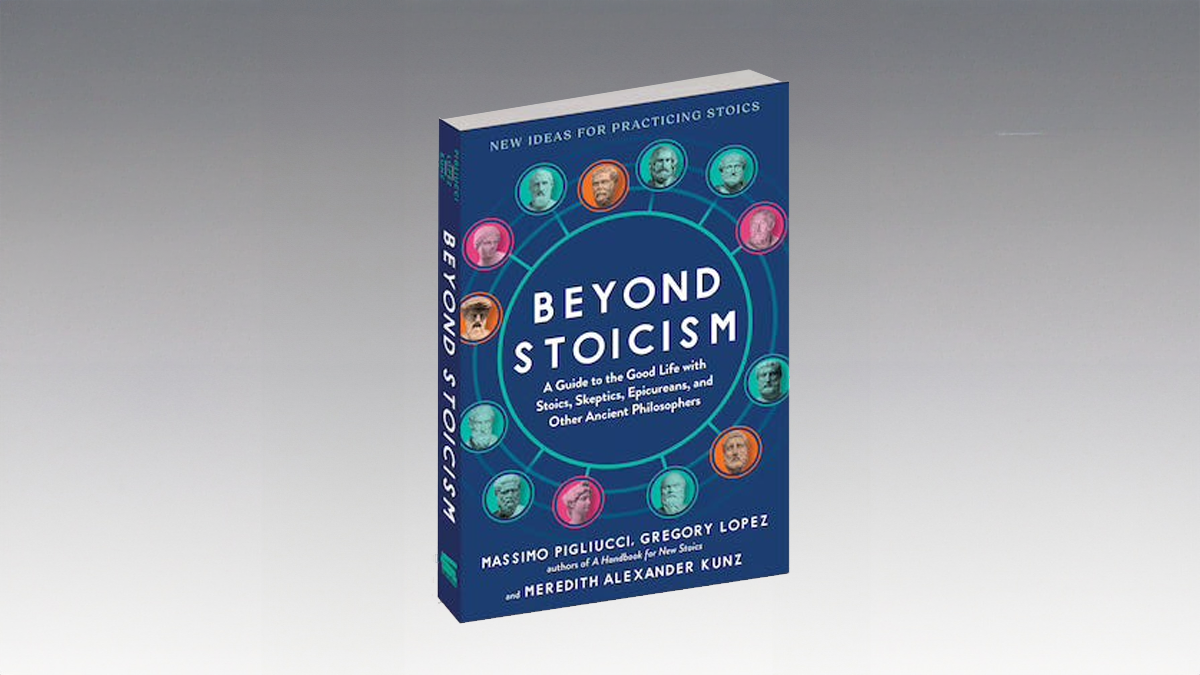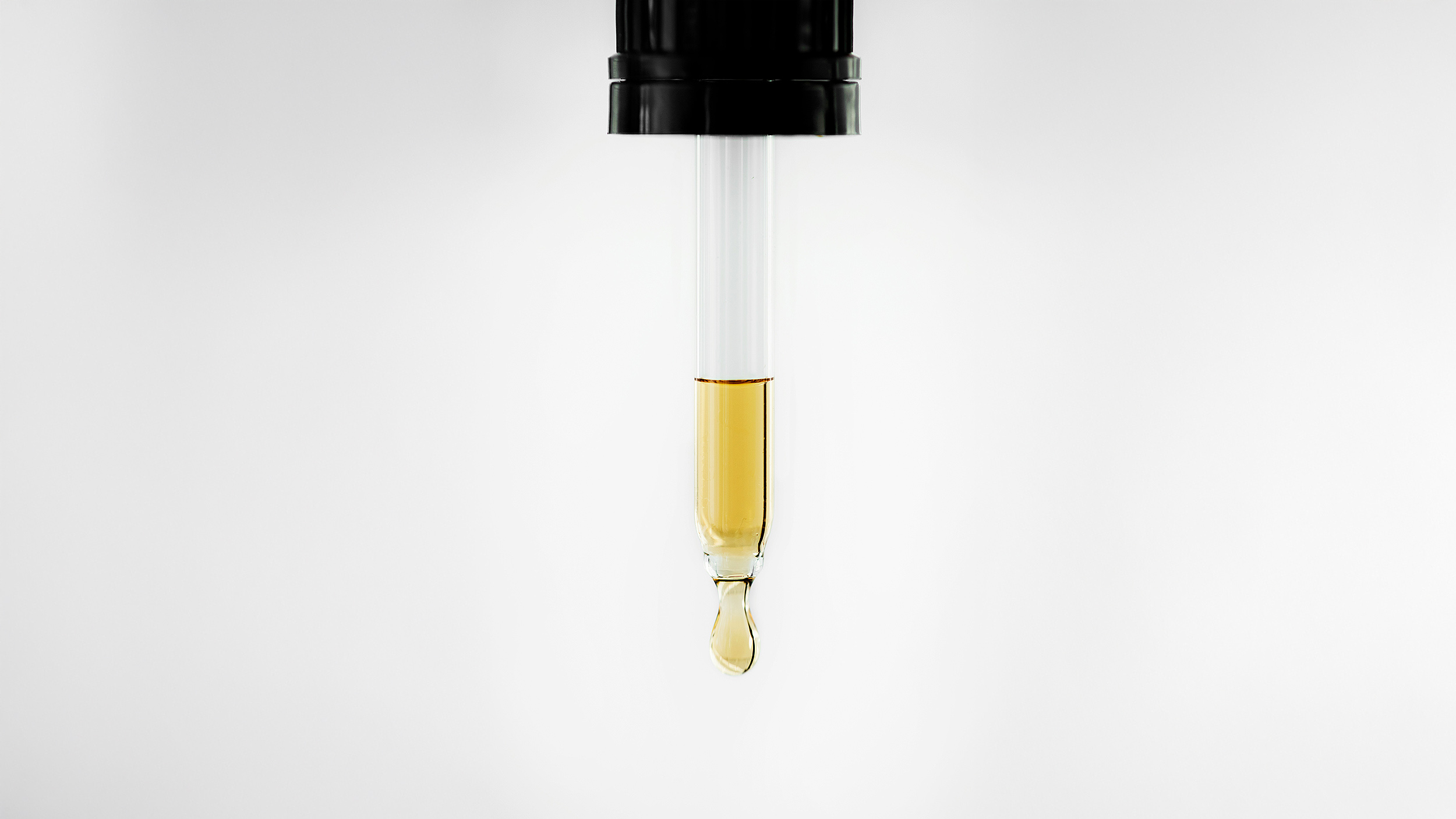Anthony Fauci on the past, present and future battles against disease.
Question: Who are we?
Anthony Fauci: That’s a difficult question. I’ll start with the one that I’m very familiar with because it’s what I do. And I think that the whole issue of global health and health, if you look at history, how diseases have shaped societies going back from the Bubonic plague of the early centuries, to the pandemic influenza of 1918, to the total decimation of the Inca and Aztec populations by measles and small pox, I think that health issues have played a major role on how society has been shaped.
And then, as the era of understanding disease and being able to do something about disease has occurred, there has been a rather dramatic protection against the unavoidable decimation of disease; but mostly in the developed world.
And the thing that I see even now as an answer to your question is that we need to have a more global appreciation of the problems that other people have. Because it’s very interesting that, some years ago when I was first getting involved in medicine – and even in the arena of infectious diseases, which is my sub-specialty – there were very well placed people in this country [USA] who were actually saying that you can forget about infectious diseases because they’ve essentially been conquered. We’ve got vaccines. We’ve got anti-microbials. You can conquer infectious diseases.
Which means they weren’t paying attention to, as they were saying that; maybe in our own country, in the United States, or Europe, or Australia, or Canada that was going on; but in the developing world, more than a million people were dying of malaria. A million and a half people were dying of tuberculosis. Hundreds of thousands, if not a million people were dying of neglected tropical diseases [NTDs].
So really, disease has a major impact not only historically in the shaping of our society, but also even today where there are the “haves” and the “have nots” of the world. I would hope that an appreciation of that will have us continue to try and do more and more.
Science is telling us that we can do phenomenal things if we put our minds and our resources to it. I think science is probably the best example of you put resources into something, and you let the creativity and the brilliance of the minds throughout the world – and certainly not only in this country [USA], throughout the world – and phenomenally good things can happen.
You’ve got to make sure that there’s checks and balances on that, because science can also lead to things that are not so good. There’s ethical issues of manipulation at the genomic level. The whole issues of embryos and creating people to your own fashionable, boutique-liking. All those things you’ve got to be really, really careful of.
But science, at its most pure, where you’re looking for discovery, and you’re going to use discovery for the betterment of mankind; I think science stands out among some of the most important endeavors that humankind can pursue.
This is just only a somewhat provincial view. There was a period in my own discipline of infectious diseases back in the late 19th century when people were just starting to appreciate the germ theory of disease. Instead of the historical components, we had these plagues. We had these influenzas. We have ______. We have this. We have no idea where it comes from.
There were a group of people – Louie Pasture, Cook; all of the group from the Institute Pasteur [in French: Institut Pasteur de Lille; also known as, Pasteur-Lille], the German group, Matchnikoff and others – who were able to take a field that was completely bare bones and no one had any idea what was going on, to actually make those first initial discoveries that a microbe actually caused tuberculosis. You can actually take that microbe. You can inject it into someone or into an animal, and you can create the disease that you once thought was just some ______ from heaven that caused it.
So the heroes and the people that I look up to were those people who struggled against a complete, vast unknown.
Right now there’s so much known in science that when I and my colleagues do it – although we occasionally make transforming discoveries – we’re standing on the shoulders of giants who didn’t have what we have 100 or so years ago when they made those phenomenal discoveries.
Well I don’t know if it’s a universal truth, but I think that mankind evolves. There’s no doubt that we have evolved. The whole issue of evolving through carious lower species to our own species of the human.
But there’s also the continuing evolution that is associated with mankind. And a lot of that is using what specifically and particularly and peculiarly makes you a human being. And that is your intellect and your will. You have a choice. You can analyze things, and you can act in an intellectual manner.
And that is, to me, at the very foundation of what science is – how you can better your own lot, the lot of the other citizens of the world, while you’re paying attention to and preserving the world you live in, which is the reason why things like the environment are so important.
And we try and analyze are we doing things that are detrimental to the environment. And if so, how do we stop it? And if we have to stop it, how do we replace it with something that’s environmentally friendly?
And I think science is going t lead us there. And it’s the good will that you have to try and preserve your own species, as well as preserve the environment, i.e. our planet, so that we can have thousands of more years of people doing good things and leading good lives.
Recorded On: July 6, 2007





